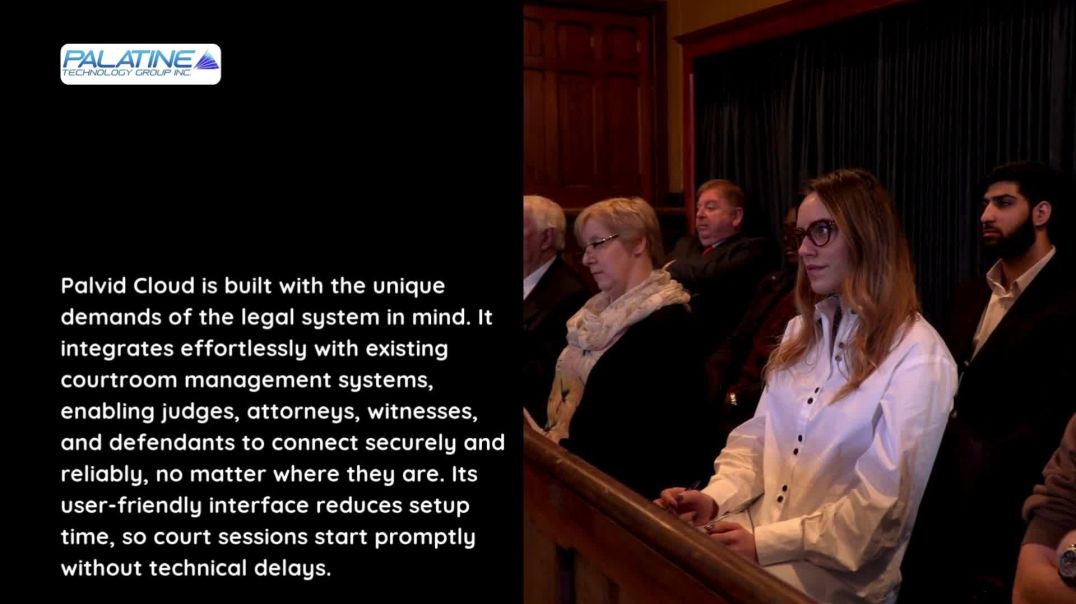The concept of retirement is often painted as a golden period of leisure and relaxation. Yet, for many Australians, the reality is starkly different, marked by financial uncertainty and unpreparedness. This article delves into the reasons behind this concerning trend, specifically tailored for construction economists who must navigate the complexities of the Australian economic landscape.
Introduction
Did you know that according to the Australian Bureau of Statistics, more than 20% of Australians aged 65 and over rely entirely on the pension? This statistic highlights a critical issue: the majority of Australians are underprepared for retirement. As the economic environment continues to evolve, understanding the underlying reasons for this shortfall is crucial for professionals in the construction economics sector, who must anticipate and plan for these demographic shifts.
1. Insufficient Superannuation Contributions
The superannuation system was introduced to provide Australians with a self-funded retirement. However, the reality is that many individuals are not contributing enough. According to the Australian Prudential Regulation Authority (APRA), the average superannuation balance at retirement is significantly lower than needed to fund a comfortable retirement. This shortfall is exacerbated by the fact that many Australians take extended periods out of the workforce, particularly women, due to caring responsibilities, which impacts their superannuation savings.
2. Rising Cost of Living
The cost of living in Australia has been climbing steadily. The Reserve Bank of Australia reports that inflation, while moderate, affects the purchasing power of retirees who live on fixed incomes. This is a significant concern for construction economists who must consider the impact of inflation on long-term economic planning and retirement funding strategies.
3. Over-Reliance on Property
Many Australians view property as a primary form of retirement savings. While the property market has historically performed well, relying solely on property can be risky. The Australian Housing and Urban Research Institute warns of potential market fluctuations that could leave retirees vulnerable. For construction economists, understanding these market trends and advising on diversified investment strategies is paramount.
4. Lack of Financial Literacy
Financial literacy is a significant barrier to effective retirement planning. A survey by the Australian Securities and Investments Commission (ASIC) found that a large portion of the population lacks the necessary understanding of financial products and services. This gap highlights the need for better financial education, which can empower individuals to make informed decisions about their retirement savings.
5. Increased Life Expectancy
Australians are living longer, which means their retirement savings need to last longer. The Australian Institute of Health and Welfare projects that life expectancy will continue to rise, increasing the strain on retirement savings. Construction economists need to factor in these demographic changes when advising on retirement planning and economic sustainability.
6. Inadequate Government Support
While the Age Pension provides a safety net, it is often insufficient to cover all retirement needs. According to a report from the Australian Treasury, the pension system faces significant sustainability challenges as the population ages. This reality underscores the importance of a robust private savings strategy to supplement government support.
Case Study: Diversifying Retirement Portfolios
Problem: John, a 60-year-old construction manager in Sydney, faced a dilemma. His retirement savings were heavily invested in the property market, which had recently shown signs of volatility.
Action: On the advice of a financial advisor, John diversified his portfolio to include a mix of international equities, bonds, and a modest allocation in emerging technologies.
Result: Over five years, John's diversified portfolio outperformed his previous property-centric strategy, providing a more stable and higher return on investment.
Takeaway: For construction economists, this case study highlights the importance of diversification in retirement planning. It illustrates how a balanced investment strategy can mitigate risks associated with market volatility.
Common Myths & Mistakes
Myth: "Property is the safest retirement investment."
Reality: While property can be part of a retirement strategy, over-reliance without diversification increases risk, especially in volatile markets.
Myth: "The Age Pension will cover all my needs."
Reality: The Age Pension is designed as a safety net, not a comprehensive solution. Most retirees will find it insufficient for a comfortable lifestyle.
Myth: "I can start saving later in life."
Reality: The power of compound interest means that starting early is crucial. Delaying savings can lead to significant shortfalls in retirement funds.
Future Trends & Predictions
Looking ahead, construction economists must consider the impact of technological advancements on retirement planning. The rise of robo-advisors and automated investment platforms, as noted by Deloitte, offers new opportunities for individuals to optimize their retirement savings with lower fees and better access to financial advice. Additionally, the push for more sustainable investment options is likely to reshape the landscape, with an increasing focus on environmental, social, and governance (ESG) factors.
Final Takeaways
- Fact: Over 20% of Australians rely solely on the pension for retirement, underscoring the need for better savings strategies.
- Strategy: Diversify investments to include equities, bonds, and emerging technologies for a balanced portfolio.
- Mistake to Avoid: Relying solely on property as a retirement fund, given market volatility.
- Pro Tip: Leverage robo-advisors for cost-effective and personalized investment advice.
- Prediction: By 2030, technological advancements will fundamentally alter retirement planning strategies, making them more accessible and efficient.
Conclusion
As the Australian population ages, the need for effective retirement planning has never been more critical. For construction economists, understanding the multifaceted reasons behind the nation’s unpreparedness for retirement is essential. By advocating for diversified investment strategies and improved financial literacy, we can ensure a more secure future for all Australians.
What are your thoughts on the current state of retirement preparedness in Australia? Share your insights below and join the discussion!
People Also Ask
How does retirement planning impact the Australian economy? Retirement planning affects economic stability, as inadequate savings can lead to increased reliance on government support, impacting national budgets and economic forecasts.
What are the best strategies for diversifying retirement portfolios? Experts recommend including a mix of equities, bonds, and emerging market investments, while considering factors like risk tolerance and market conditions.
Related Search Queries
- Australian retirement savings strategies
- Superannuation tips for Australians
- Best investments for Australian retirees
- How to diversify retirement portfolios in Australia
- Impact of inflation on retirement savings
- Retirement planning for Australian construction economists
- Government pension vs. private savings in Australia
- Life expectancy trends in Australia
- Financial literacy programs in Australia
- Future of retirement planning in Australia





























